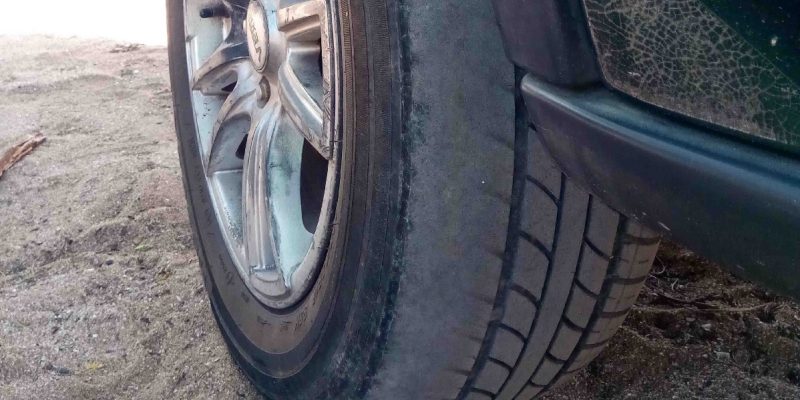With a blinkered focus on tail-pipe emissions driving the rush towards BEVs, the industry is ignoring micro-plastic emissions from tires that can exceed ICE powertrain emissions.
That’s the message many will draw from study results from vehicle emissions research group Emissions Analytics in its latest newsletter referring to data that suggests nearly a third of all primary microplastics in the global oceans are directly associated with automotive tires. The findings follow on from studies in Sweden last year that raised the alarm about vehicle emissions beyond those from the tailgate.
The groups’ latest study of ten different brands of tires looked at how to measure tire wear by each individual compound used in the various manufacturers’ products. Its newsletter said that: “While we have a good understanding of the rate at which tire wear particles are shed from vehicles, we have little idea where the particles go. Broadly, they will end up in soil or water, although some maybe trapped in storm water filtration systems. The distance the particles travel from the carriageway depends on factors such as the particle mass and they can therefore accumulate on the verge or be blown to neighboring fields and gardens. Particles that fall to the carriageway typically get washed into drains and end up in rivers and the sea. According to a 2017 report, 28% of primary microplastics in the ocean are from tires. The proportion that become airborne eventually settles on soil or water. Therefore, it should be expected that tire material is observed in samples of water and soil taken in almost any location.”
It estimates that over a lifetime, if it’s assumed that the average vehicle travels around 10,000 miles per year, the discovered rates of wear mean that each car sheds around 1.1lbs of particles per year. With almost 600 million vehicles in Europe and the US, this is equivalent to 300,000 metric tons of particles. It stresses that these figures do not include tire wear from heavy-duty vehicles, which would also be significant.
While its study has yet to name the different brands studied, it does note that each possess unique chemical fingerprints that can be assessed to determine the most polluting products. These brands’ products were tested using “a pyrolysis front end on its two-dimensional gas chromatography and time-of-flight mass spectrometry laboratory, supplied by Markes International and SepSolve Analytical. This allows excellent separation, identification and quantification of organic compounds in the sample”.
In terms of what particulates go where in the environment, the study divides these into two broad groups: aliphatics and aromatics. The aliphatics contain ‘saturated’ (lots of hydrogen atoms compared to carbon) alkanes, alkenes, alkynes, carbonyls and acids. The aromatics are mainly cyclic, based on benzene rings.
The study stated: “As a broad statement, the alkane group contains many compounds that are often irritants to human organs, whereas the aromatics group includes many suspected carcinogens. Therefore, at a simple level, the lower the proportion of aromatics the lower the human toxicity is likely to be.”
The study added that the research suggests that the tire particle loss into the environment is “orders of magnitude higher than from the tailpipe”. In conclusion, it said: “All in all, this initial testing has demonstrated that it is possible to measure tire wear explicitly, without it being combined with brake or road wear, and the separation capability of the two-dimensional gas chromatograph can help identify thousands of constituent compounds. The results themselves then show that there are relevant and material differences in the wear rates and chemical make-up of different brands and models of tire. Therefore, choices of tire when the car is first sold and at subsequent tire changes are directly relevant to the vehicle’s environmental impact, and requires deeper and urgent study.”
— Paul Myles is a seasoned automotive journalist based in Europe. Follow him on Twitter @Paulmyles_
by Paul Myles
Source: https://www.tu-auto.com




